Avocado fruits are rich in protein, carbohydrates, vitamins, and minerals, while the oil content is high in polyunsaturated fatty acids. It is important to reach a certain age before the Avocado tree bear fruit. Trees that are sold commercially are grafted from mature Avocado varieties and bear fruit faster and more reliably than seed-grown trees.
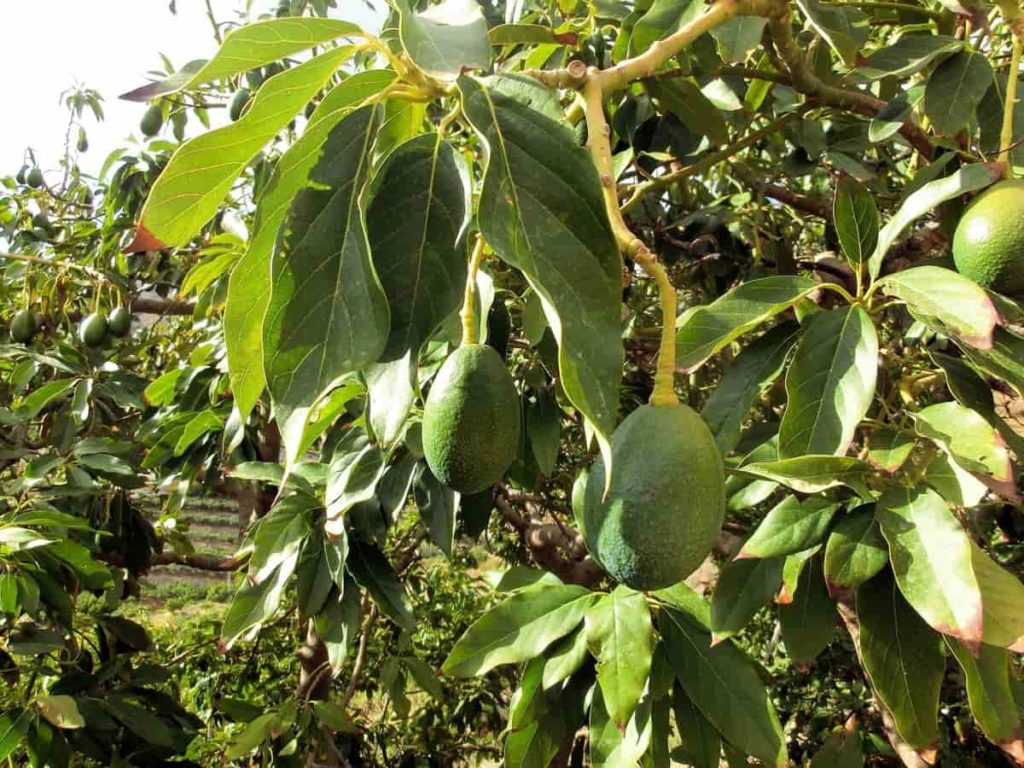
Top 17 steps/ways to boost Avocado yield
Step 1: Select high yield Avocado varieties
The important varieties like Hass, Lamb Hass, Shepard, Reed, Wurtz, Fuerte, Bacon, Zutano, Booth 7, Booth 8, Sharwil, Ettinger, Pollock, Waldin, Nabal, Linda, Puebla, Collins, and Fuerte are recommended for commercial cultivation.
Step 2: Soil requirement for more frit development
Depending on the breed and species, Avocados can thrive in climatic conditions ranging from the real tropics to the warmer parts of the temperate zone. A healthy Avocado tree has a root system that can penetrate the soil to a depth of 1 meter. However, in poorly drained soils, root rot can develop very fast. Therefore, soil suitability for Avocado production must be determined in advance.
Soil testing can only be done by digging profile holes to a depth of at least 1.5 meters in areas where the soil has different characteristics. Even if the soil looks quite uniform on the surface, it is advisable to dig at least one profile pit per hectare. In mountainous areas, holes should be drilled along the slopes to determine the area’s drainage characteristics. For example, digging drainage ditches in the lower areas may be necessary to prevent water from accumulating on top of the restricting layers.
When digging profile pits, the aspects of concern are color, texture, texture, patches, concreting, rock, and soil depth. Soil nutrient status, plant size, water quality, plant density, soil nutrient status, and yield expectation determine the type of fertilizer required for Haas Avocado plants. However, young, transplanted trees should not be fertilized yearly. Fertilizer should be applied when the plants are properly established and growing vigorously.
To ensure maximum results, fertilization should be ensured for irrigated Haas Avocado trees so that distribution of fertilizers is possible. Avocado fruits can grow well in all soils except poorly-drained lands as these plants are very sensitive to water accumulation. Do not plant in saline soil as these Avocado plants cannot tolerate saline conditions. Soil pH levels should be 5.0 and 7.0 for better growth and fruit yield.
In case you missed it: Avocado Gardening, How To Start, Tips, and Ideas
Step 3: Land preparation for better growth and good yield
Avocado fruit farming makes wetland free from weeds and plowing twice. And prepare the ground so that the water does not stand still. Adding agricultural fertilizers or well-decomposed compost will increase soil fertility and yield.
Step 4: Ensure adequate light for more fruit growth
To get quality fruit, you must ensure adequate sunlight. It is achieved through proper management of the canopy, which, if not checked, will result in loss of quality and yield of the orchard. Flowers and fruits grow in the well-lit terminal sites on the surface of the canopy. In crowded gardens, insufficient light up to the lower level of the tree causes the canopies to lose their productivity.
Several systems are in place to regulate tree size and improve light interference and penetration, including removing selected limbs to maintain tree size and improve light interception, mechanical pruning, and tree pruning. In general, proper planting time will ensure a good-lit orchard.
Step 5: Best production for Avocado pollination
Two Avocado trees are required for the best production of Avocado pollination fruit. Cultivation of Avocado trees produces either type A flowers or type B flowers. Both flower varieties produce and accept pollen at different times of the day, and the best pollination and fruit combination occurs when type A and B Avocado growers grow together. If both trees grow in the same garden, the yield from the two trees growing alone should be higher.
However, some crops naturally only bear fruit every other year. Avocado trees are not self-pollinating plants in nature; therefore, artificial pollination is required for fruit production. Cross-pollination with other crops is important for optimal fruit sets. Practicing beekeeping near Avocado farms can improve pollination in Haas Avocado.
Step 6: Causes of Avocado trees with no fruit
There are several reasons for the fruitless Avocado. Firstly, grafted trees usually begin to bear fruit in three to four years, while Avocado plants (non-grafted) take longer to grow (7-10 years), if at all. Therefore, one of the reasons why Avocado does not bear fruit is that it is not a strongly grafted variety.
Plant more than one tree to encourage pollination. Instead of seeds, plant grafted rootstock plants that you have started yourself. Be sure to fertilize Avocado trees with nitrogen-rich fertilizers from late winter to early spring and in early summer. From April to June, avoid nitrogen-rich foods that will only promote plant growth rather than fruit production.
Avocado trees do not need heavy pruning, nor do they like it. If you need to cut dead, broken, or diseased branches, try to avoid cutting or damaging the branches with buds or flowers. Keep watering the tree. Soak the roots deep, and let the soil surface dry before watering. Depending on the temperature, this can mean daily or weekly watering.
Step 7: Treat yellow leaves on Avocado trees
The leaves of the Avocado tree turn yellow, a condition called chlorosis, indicating that the tree is under stress. Photosynthesis is when plants convert sunlight into sugars they can use as energy, which occurs in the leaves. Fruit trees, such as the Avocado tree, use this energy to produce fruit. Healthy plants are the key to a healthy Avocado crop.
In case you missed it: Organic Avocado Farming, Cultivation, Growing Practices
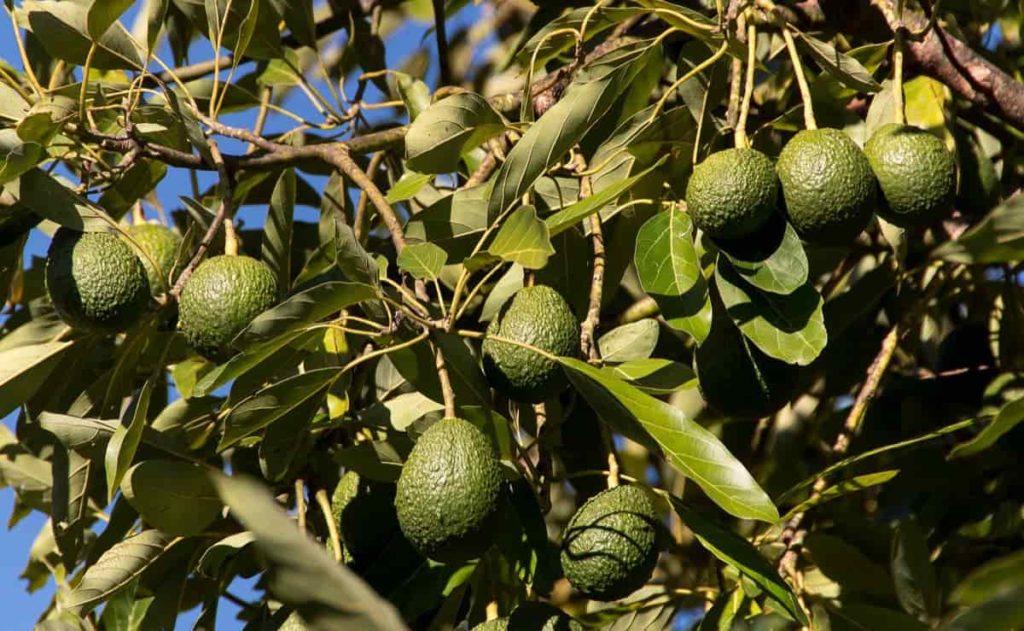
The leaves are shiny, dark green, and 4 to 8 inches long on healthy Avocado trees. Decreased chlorophyll will cause the leaves of the Avocado tree to turn yellow, a substance that enables the leaves to perform photosynthesis. Falling leaves are a major problem for Avocado trees as strong, well-distributed plants help prevent the sun from damaging the tree’s precious fruit.
The yellowing of the leaves indicates the lack of nutrients in the tree. For example, Avocado trees grown in soils with high pH can easily suffer from iron deficiency, which can cause yellowing of the leaf veins. You can fix this by applying iron chelates twice a year in late spring and summer.
Step 8: Secrets for getting tons of fruit
To ensure the best growth and health of your Avocado tree
- Place your Avocado tree in an area with full or partial sunlight. Avocado trees work best if they receive at least 6 hours of direct sunlight daily.
- If you keep an Avocado tree indoors, place it near a large sunny window. Areas south of the home usually get the most sunlight.
- To increase air humidity for your Avocado tree, take a spray bottle and wash the leaves with it.
- Wait until you have one year of growth experience before fertilizing your Avocado trees. After waiting a year, apply a well-balanced lemon fertilizer to them four times a year.
Step 9: Pruning for Avocado tree growth
The good news is that most Avocado trees need very little pruning. You can prune yourself lightly to maintain your appearance. Still, the biggest benefit of pruning Avocado trees is removing damaged branches during the first few years or growing season. For best results, harvest only in the spring.
Step 10: Spacing for maximizing productivity
Tree spacing is an important factor in maintaining and maximizing productivity. Good spacing helps ensure the air in the garden. High-density planting results in higher yields, although this can lead to problems with canopy cultivation in later years.
Step 11: Several reasons and managing Avocado fruit drop
Avocado trees drop their fruit quickly if they are too young or stressed. When Avocado trees are about 3+ years old, fruit sets are more permanent and less likely to fall. However, improper watering, root damage, and extreme temperatures can cause fruit to fall off the skin. Typically, Avocado trees shed some fruit that is bad or weak because it does not produce good fruit. This fruit fall usually occurs in June and is commonly called June drop. However, if your Avocado tree is dropping much of its fruit prematurely, it is likely due to age or stress.
In case you missed it: Cost of Cultivation of Avocado, Propagation, Yield in India
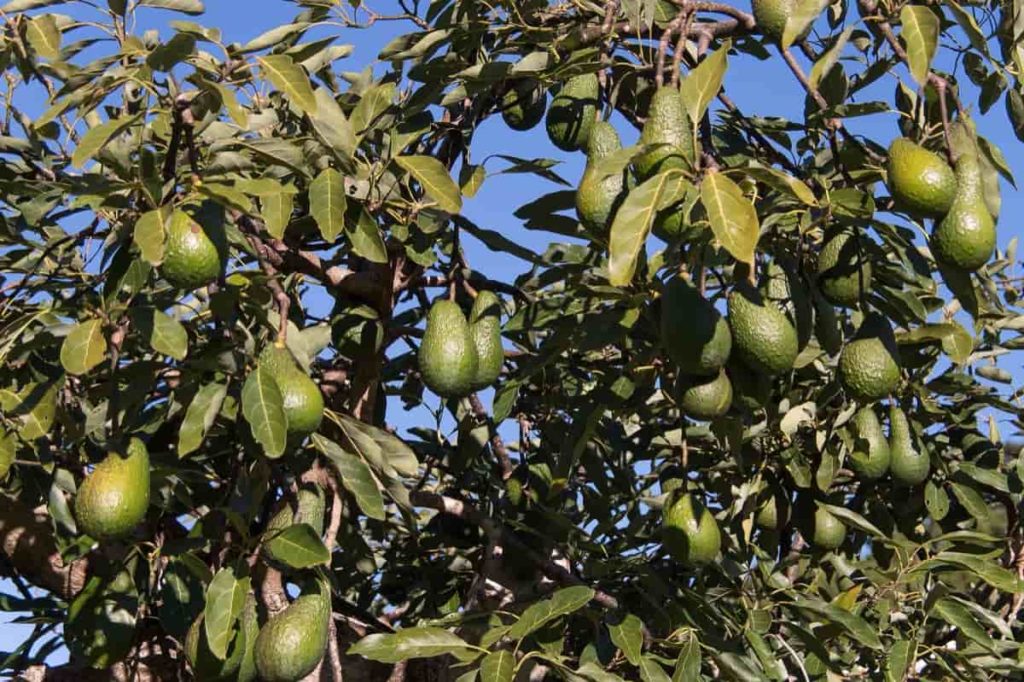
There are several reasons:
- They are disturbing the surface roots under the tree. The roots of Avocado feeders are very close to the surface, and if you disturb them by digging or racking, the tree responds by dropping fruit. Leave the Avocado leaves falling from the tree on the ground under the tree – they form a natural mulch that helps protect the roots and keep the soil moist.
- Water stress, either too high or too low, can cause the fruit to fall off. Avocado trees need well-drained soil, so adding too much water can cause root rot. Too little water can cause stress and fruit loss, especially in hot weather.
- Avocado Thrips – If stems of the fruit look damaged, consider Avocado thrips.
Avocado fruit drop management
Proper irrigation methods are needed to maintain a healthy tree when the new fruit is growing fast – do not over-water or submerge the tree. Unnecessarily exposing trees to dry soil can cause more fruit to fall if the soil under the trees is of adequate moisture. Do not over-stimulate tree growth. Flowering twigs compete with newly planted fruit. If the growth is too high, a small crop may result.
A little new growth on the Avocado tree is useful for shading new fruit and replacing old leaves after winter. Consider your harvest strategy. If there are still ripe fruits on the trees with your new crop, too much of that fruit can compete with the new set, potentially reducing the new crop.
Step 12: Plant nutrition for proper fruit development
Ensure that plants get the nutrients they need for proper growth and fruit growth. Soil should be analyzed to determine the type and rate of fertilizer before making any recommendation. The amount of fertilizer and the application depend on the soil’s fertility and the trees’ age. Nitrogen is the most important nutrient in Avocados. Fertilizers should be applied to established and actively growing trees. Do not put fertilizer in the soil as it may damage the shallow roots. Using fertilization is recommended to distribute the fertilizer in the root zone.
In case you missed it: Avocado Fruit Farming Information Guide
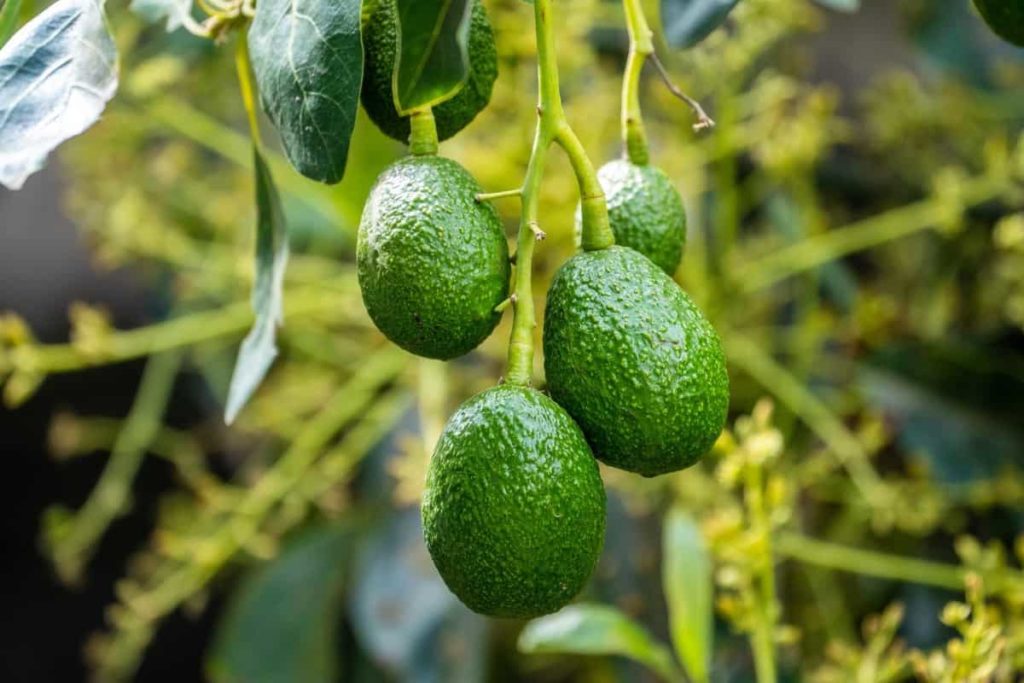
Step 13: Irrigation for higher and faster yields
- Proper and frequent use of water and nutrients allows modern growers to plant in narrow rows and ensure that each tree reaches its maximum potential. The result is significantly higher and faster yields per hectare. Young trees should be watered to ensure uniformity. Too much irrigation is as harmful as too little water.
- Adequate irrigation schedules are essential to increase quality fruits and yields. Always ensure the young Avocado trees get enough water for their growth. Irrigate Avocado trees before water pressure builds up. Irrigation is essential during flowering and fruit sets.
- Regularly inspect soil moisture to prevent over-irrigation. These are very sensitive to waterlogged conditions as well as drought pressure. Therefore, the purpose of irrigation is to maintain soil moisture between these two extremes, except in June and July, when the flowering period requires a dry period.
- The purpose of Avocado farming is to maximize yields from orchards and reduce plant growth. Applying half the water per tree after the moisture stress period (June / July), new growth is stopped, competition with young fruits is limited and fewer fruits are lost.
- After planting, full irrigation is applied to encourage flushing of the fruit. No fertilizer should be applied during flowering and early fruit set, as it will also promote plant growth, which competes with young fruits for nutrients and water.
- Avocados are sensitive to moisture stress. Trees in the nursery will have become accustomed to using water regularly, and their root system is limited due to small bags. Therefore, water must reach a limited and shallow root system. A small basin around the tree will ensure that the plant roots get enough water. Apply frequent light irrigation: 50 liters/tree/week and 100 liters as soon as the ground starts to dry, and then start watering 50 liters/week/tree again.
Step 14: Mulching and weed control for more production
mulching is done by retaining moisture and adding organic matter to the soil. Therefore, mulching will improve soil water retention and promote Avocado cultivation. The most common mulch for Avocado is well-dried grass free from pests. Sawdust must be avoided as it decomposes and ties up nitrogen. Plant around trees to keep them free from weeds. Remember that the use of herbicides is not recommended.
Step 15: Pest and disease control for maintaining a good yield
Prevention is the most effective and economical way to control pests and diseases. These precautions include weed control, proper selection of planting material, maintaining plant density, and proper use of fertilizers. The presence of insects in Avocado plants significantly reduces productivity. Pest control rarely requires chemical control.
However, pests and diseases must be controlled to improve the productivity of Avocados. Some major pests that attack Avocados include Thrips, Scale insects, and the False codling moth. Fungal diseases also affect Avocados and must be controlled as soon as possible. Major diseases are:
- Anthracnose – It attacks fruits, especially ripe fruits, forming dark brown spots. It can be controlled using fungicides such as Mancozeb, Treforin, Matiram, and Benomyl.
- Root Rot – The disease is common in flood-prone areas and places where the soil is poor and attacks the roots. Some precautions include planting grafted Avocados. It can be controlled using chemicals such as Aliette and Ridomil.
- Cespora fruit spot – The disease attacks fruits and leaves, leaving yellow spots on the fruits, which later turn brown. It can be controlled with copper-based fungicides like Mancozeb, Benomyl, and Triforine.
- Scab – It attacks twigs, leaves, and fruits. It can be controlled by spraying fungicides such as Mancozeb and Triforine.
In case you missed it: Crop Pest and Disease Management – a Full Guide
Step 16: Avocado yield per acre
The yield depends on the tree type, age, and farm management method. According to the society, a farmer can plant 100 trees on an acre of land. In this, a tree can bear 600 to 800 fruits per season, meaning a farmer can harvest 60,000 to 80,000 per acre in two and a half years.
Step 17: Harvesting Avocado fruits for more yield
Avocados grown from harvested seeds begin to bear fruit five to six years after planting. Mature fruits of the purple variety turn from purple to maroon, while ripe fruits of the green variety turn greenish-yellow. When the seed coat inside the fruit turns from yellowish-white to dark brown, the fruit is ready for harvesting. Ripe fruits ripen six to ten days after harvest. The fruits are hard as long as they are on the trees, only soft after harvesting.
- Economical Aquaculture: A Guide to Low-Budget Fish Farming
- 15 Common Planting Errors That Can Doom Your Fruit Trees
- How to Make Houseplants Bushy: Effective Tips and Ideas
- Innovative Strategies for Boosting Coconut Pollination and Yield
- Pollination Strategies for Maximum Pumpkin Yield
- The Complete Guide to Chicken Fattening: Strategies for Maximum Growth
- Natural Solutions for Tulip Problems: 100% Effective Remedies for Leaf and Bulb-Related Issues
- Revolutionizing Citrus Preservation: Towards a Healthier, Greener Future
- Natural Solutions for Peony Leaf and Flower Problems: 100% Effective Remedies
- Maximizing Profits with Avocado Contract Farming in India: A Comprehensive Guide
- Natural Solutions for Hydrangea Problems: 100% Effective Remedies for Leaf and Flowers
- The Ultimate Guide to Choosing the Perfect Foliage Friend: Bringing Life Indoors
- From Sunlight to Sustainability: 15 Ways to Use Solar Technology in Agriculture
- The Ultimate Guide to Dong Tao Chicken: Exploring from History to Raising
- The Eco-Friendly Makeover: How to Convert Your Unused Swimming Pool into a Fish Pond
- Mastering the Art of Delaware Chicken Farming: Essentials for Healthy Backyard Flocks
- 20 Best Homemade Fertilizers for Money Plant: DIY Recipes and Application Methods
- How to Craft a Comprehensive Free-Range Chicken Farming Business Plan
- Brighten Your Flock: Raising Easter Egger Chickens for Beauty and Bounty
- How to Optimize Your Poultry Egg Farm Business Plan with These Strategies
- Subsidy for Spirulina Cultivation: How Indian Government Schemes Encouraging Spirulina Farmers
- Ultimate Guide to Raising Dominique Chickens: Breeding, Feeding, Egg-Production, and Care
- Mastering the Art of Raising Jersey Giant Chickens: Care, Feeding, and More
- Ultimate Guide to Raising Legbar Chickens: Breeding, Farming Practices, Diet, Egg-Production
- How to Raise Welsummer Chickens: A Comprehensive Guide for Beginners
- How to Protect Indoor Plants in Winter: A Comprehensive Guide
- Ultimate Guide to Grow Bag Gardening: Tips, Tricks, and Planting Ideas for Urban Gardeners
- Guide to Lotus Cultivation: How to Propagate, Plant, Grow, Care, Cost, and Profit
- Agriculture Drone Subsidy Scheme: Government Kisan Subsidy, License, and How to Apply Online
- Ultimate Guide to Raising Araucana Chickens: Breed Profile, Farming Economics, Diet, and Care
- Bringing Hydroponics to Classroom: Importance, Benefits of Learning for School Students
- Ultimate Guide to Raising Polish Chickens: Breed Profile, Farming Economics, Diet, and Care
- Ultimate Guide to Raising Australorp Chickens: Profile, Farming Economics, Egg Production, Diet, and Care
- Silkie Chicken Farming: Raising Practices, Varieties, Egg Production, Diet, and Care
- Sussex Chicken Farming: Raising Practices, Varieties, Egg Production, Diet and Care
- Homemade Feed Formulations for Livestock: Discover Cost-effective Starter to Finisher Feed Recipes
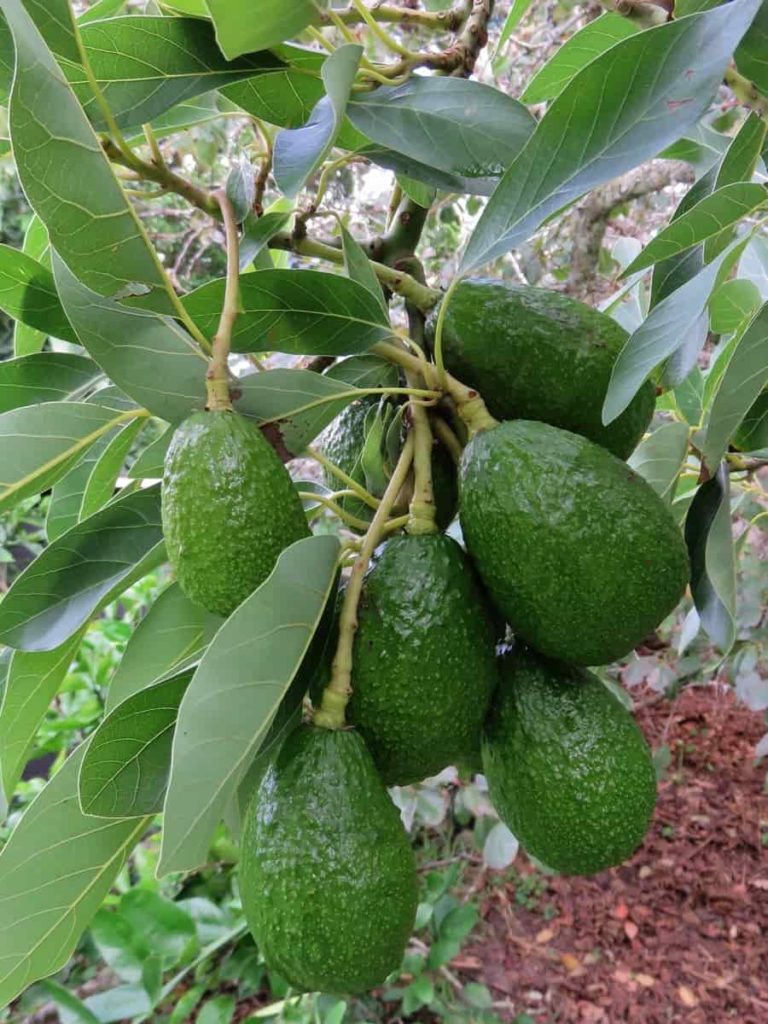
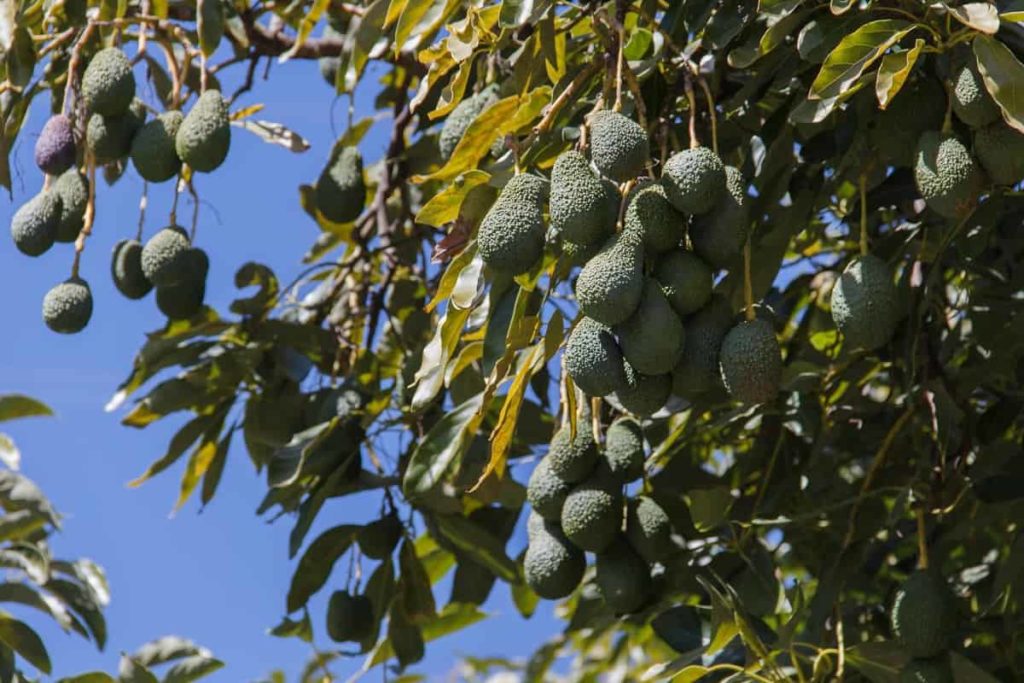
Much happy for the good guidelines